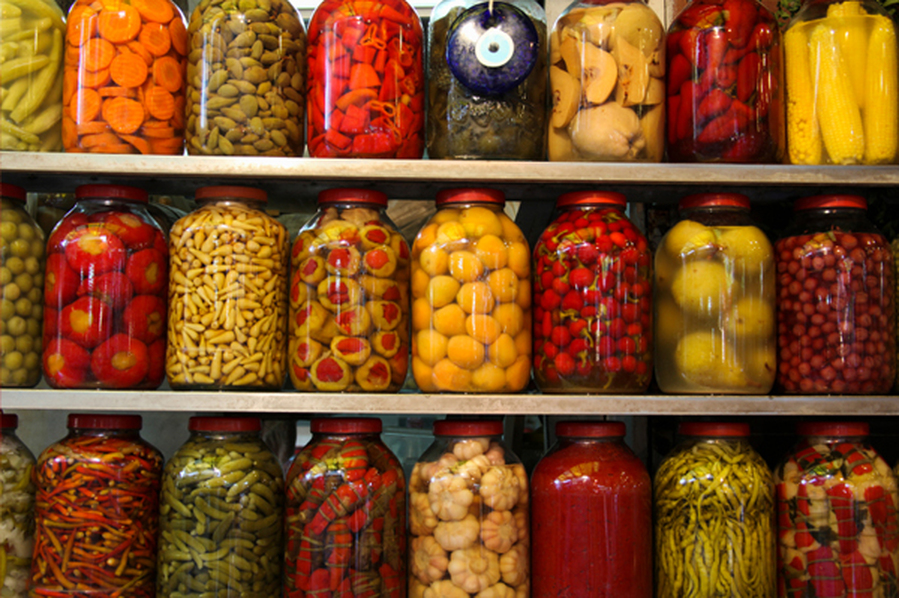
Ninety percent of the genetic material in your body is not yours but belongs to the bacteria that outnumber your cells 10 to 1. These bacteria have enormous influence on your digestion, detoxification and immune system.
Fermentation is an essential factor if you want to optimize your health and prevent disease. The culturing process produces beneficial microbes that are extremely important for human health as they help balance your intestinal flora, thereby boosting overall immunity.
Your gut literally serves as your second brain, and even produces more of the neurotransmitter serotonin—known to have a beneficial influence on your mood—than your brain does, so maintaining a healthy gut will benefit your mind as well as your body.
There is no food that cannot be fermented. Bread, coffee, pickles, beer, cheese, yogurt and soy sauce are all examples of foods that have been fermented at some point during their production process. That said, not every vegetable will produce equally delicious results, and not every food is as easily fermented as vegetables, but your imagination is really the only limit when it comes to what you can concoct.
An important step in the process is to squeeze the vegetables before packing them into the jar. You don’t need any fancy tools for this; just use your hands. “Bruising” the vegetables in this way allows the cell walls to break down and release their juices. Capture the juice in the jar you’re going to ferment your vegetables in. Then stuff as many veggies into the jar that will fit. You want to stuff them in as tightly as possible, forcing out any air pockets that might ruin the batch. The brine should cover the vegetables.
Simply cover the jar with the lid and leave it on the kitchen counter. Again, make sure the veggies are completely covered with the natural brine you squeezed out of the vegetables (or add a small amount of celery juice), and that the juice is all the way to the top of the jar to eliminate trapped air.
To speed up the fermentation, store the jars in a warm, slightly moist place for 24 to 96 hours, depending on the food being cultured. Ideal temperature range is 68-75 degrees Fahrenheit; 85 degrees max. You don’t want it too hot, as heat will kill the beneficial microbes.
The reason why you don’t want to just put it in the closet and forget about it is that it’s going to produce pressures, especially in the first couple of days. You want to relieve that pressure by opening the jar for a second. In that way, you don’t get a huge accumulation of pressure and risk the possibility of the jar exploding – or what’s more likely to happen, if you’re using a canning jar, where the glass is thick and the lid is thin, it will just contort the top. But it’s best to consciously release the pressure.
The second tip is to smell and taste your ferment regularly. There’s really no objective moment when the fermentation is ready, so go ahead and taste it at frequent intervals, starting after about 48 hours. Then keep on tasting it every few days or a couple of times a week as it matures. It typically takes about a week for the optimal amount of fermentation to occur. Resist the temptation to eat out of the jar, however, as this can introduce undesirable organisms from your mouth into the jar. Instead, always use a clean spoon to take out what you're going to eat, then, making sure the remaining veggies are covered with the brine solution, recap the jar.
When the flavor is to your personal liking, transfer the jars into the refrigerator to dramatically slow the progression of the fermentation. Keep in mind, the vegetables will tend to get increasingly sour as time goes on. You could let the vegetables ferment for weeks and even months without worrying about them spoiling—after all, that’s what the fermentation process does: It preserves food without refrigeration.
Sauerkraut, Kombucha and water kefir are examples on this site of fermented foods.